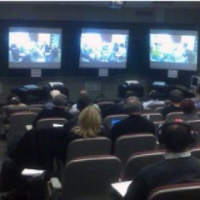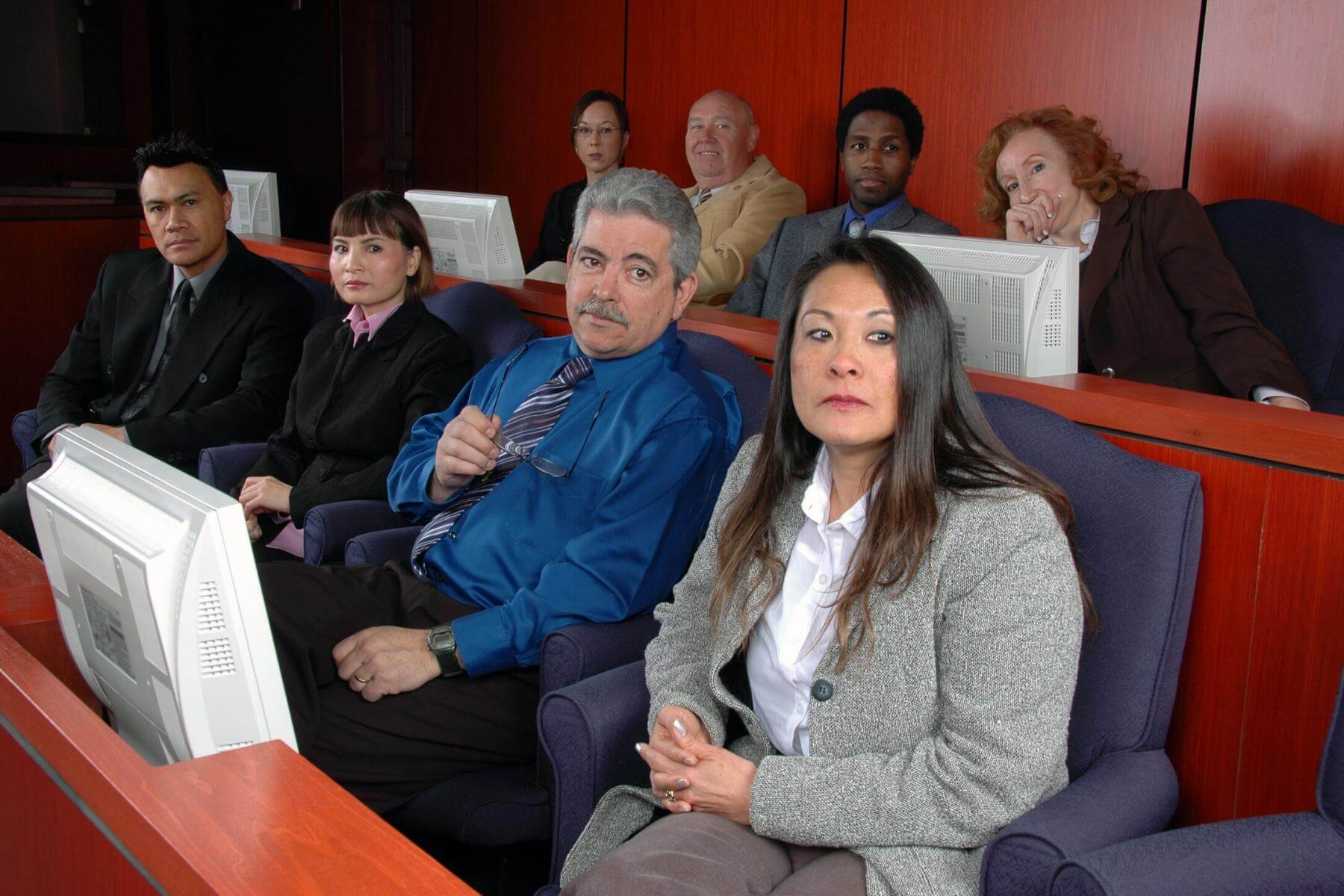Enhance your case with dynamic and well-structured trial presentations designed for impact.
Enhance your case with dynamic and well-structured trial presentations designed for impact.
Blog Article
Exactly How Test Presentations Enhance Your Debate and Persuade Jurors
Test presentations act as a critical mechanism for enhancing lawful disagreements and convincing jurors. By integrating visual help, narrative frameworks, and psychological interaction, lawyers can create an engaging case that resonates on numerous degrees. The strategic use of visuals not just makes clear intricate details however also records jurors' focus better than words alone. Nonetheless, the art of narration plays an equally vital function in changing valid evidence into a compelling story, forming jurors' assumptions - trial presentations. Comprehending these aspects can dramatically impact test results, raising the concern of how each component adds to this intricate dynamic.

Relevance of Aesthetic Help
Visual help play an essential function in boosting the efficiency of trial presentations, as they can dramatically raise audience involvement and retention of info. In the context of a trial, where jurors are entrusted with processing complex information, aesthetic help serve to simplify and make clear key factors. Charts, graphs, and pictures can share information and principles that might otherwise bewilder or confuse jurors, permitting a more straightforward understanding of the evidence provided.
In addition, aesthetic aids assist in maintaining juror interest throughout the proceedings. By damaging the dullness of verbal testimony, these tools can punctuate crucial arguments, making them extra remarkable. Effective visual aids can also evoke psychological responses, which can be crucial in convincing jurors to straighten with the presenter's narrative.

Crafting Engaging Narratives
An engaging story is important in trial presentations, as it functions as the foundation of efficient persuasion. It allows attorneys to weave with each other truths, evidence, and psychological components into a coherent story that resonates with jurors. This narrative structure makes it possible for jurors to understand the intricacies of the situation while assisting them via the attorney's disagreement.
To craft an engaging story, attorneys need to concentrate on quality and coherence. Additionally, the usage of brilliant descriptions can create psychological images that assist jurors envision the events, making the narrative much more unforgettable.
Additionally, incorporating crucial themes throughout the presentation enhances the core message and help in retention - trial presentations. The narrative ought to not only convey information but likewise stimulate a sense of justice, highlighting the risks involved. Inevitably, a well-constructed story promotes a connection between the jurors and the case, positioning the attorney's disagreement as both reputable and compelling, thus increasing the chance of a beneficial decision

Involving the Jury Emotionally
Efficient jury interaction pivots on the attorney's capability to link with jurors on a psychological level. This link can considerably impact jurors' understandings and their supreme decision-making. Using sob stories permits attorneys to humanize the situation, changing abstract lawful concepts into relatable experiences. By presenting real-life tales or reviews, lawyers can evoke empathy and empathy, promoting a much deeper understanding of the concerns at risk.
Visual help, such as pictures or videos, can even more boost emotional interaction, supplying jurors with brilliant representations of the case's human aspects. Crafting a narrative that highlights the struggles and accomplishments hop over to here of the people involved ensures that jurors see beyond the lawful disagreements and identify the human consequences of their decisions.
In addition, tone and body language play an important function in communicating feeling. An attorney's passionate distribution can reverberate with jurors, strengthening their emotional investment in the event. It's important to stabilize sob stories with factual evidence, making sure that jurors feel obliged to act while remaining based in the truth. Inevitably, a psychologically involved court is most likely to be persuaded, making emotional link an important component of effective test presentations.
Structuring Your Presentation

The body of the presentation need to be practically segmented into key factors, each supported by compelling proof. It is beneficial to utilize narration methods to weave truths right into a story that jurors can quickly comply with. Visual aids, such as charts and video clips, can boost understanding and involvement, aiding to highlight essential items of proof.
Real-World Situation Researches
Examining real-world instance research studies gives vital insights into the art of trial discussions and persuasion. The defense team efficiently utilized a strategy that combined high-profile professional statements with multimedia discussions, which this post mesmerized jurors and eventually affected their decision.
An additional remarkable example is the "McDonald's Coffee Situation," where the complainant's lawyers used graphic images of the injuries suffered by Stella Liebeck. trial presentations. This raw aesthetic evidence played a critical function in communicating the extent of her burns, leading to a significant court honor. Such cases demonstrate that impactful trial presentations typically rest on the efficient combination of visuals and narration to stimulate emotional feedbacks from jurors
In addition, the "Casey Anthony Trial" highlighted the value of narrative coherence and trustworthiness. The prosecution's failing to establish an engaging timeline diminished their influential power, highlighting the see this here necessity of a well-structured discussion. Examining these cases exposes that successful test discussions require calculated preparation, psychological engagement, and the capability to reverberate with jurors' values and beliefs.
Conclusion
Trial presentations significantly boost debates and convince jurors via the tactical use of aesthetic help, engaging narratives, and emotional involvement. By simplifying complex info and cultivating connections with the target market, these elements develop a remarkable and impactful experience. A well-structured presentation balances sob stories with factual proof, ultimately resonating with jurors' values. The combination of these strategies not only influences decision-making yet additionally underscores the significance of effective interaction in the courtroom.
Report this page